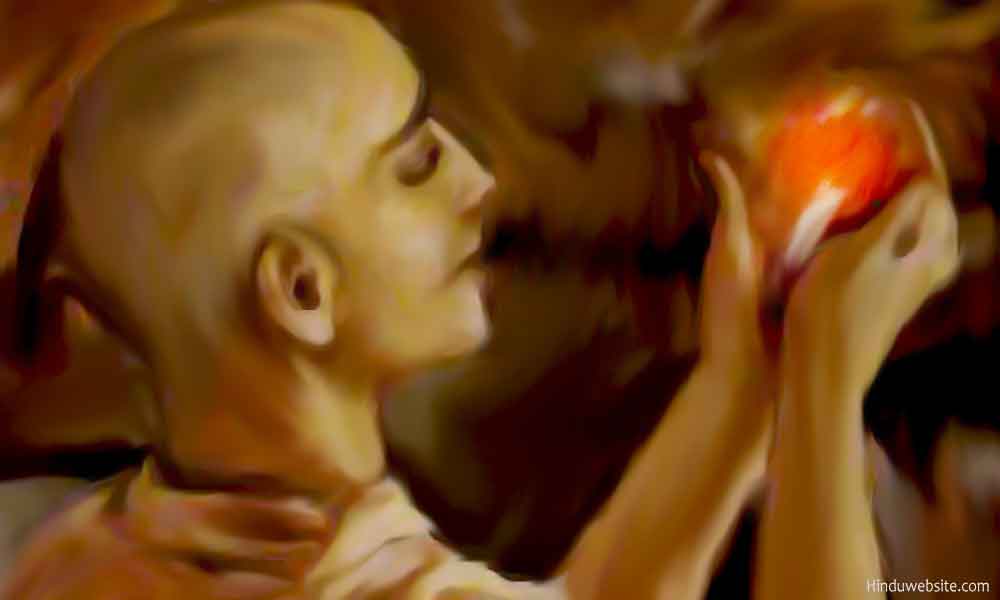
Ashtavakra Gita on Tattvajna - Liberated Person

How does a liberated person live? What distinguishes him from others?
How can you determine whether a person is truly liberated and enlightened or just pretending to look like one?
The scriptures are a great way to develop discernment and know the truths about liberated people and how they live in the world, free from the hold of nature and the delusion of duality.
Ashtavakra Gita is one of the greatest scriptures of Hinduism.
Although it is relatively less known, it contains profound wisdom about the nature of Self, liberation, detachment, the nature of reality, means to self-realization and related topics.
Like the Bhagavadgita, the book is a discourse between Ashtavakra, the sage with eight deformities and king Janaka about how to achieve liberation.
Ashtavakra's answer was simple. One could attain liberation by knowing the Self as pure consciousness.
This comes from an inner awakening, which in turn comes from self-purification.
Virtue and inner awakening are inter-related. To know the truth, one has to rise above one's own imperfections and the weaknesses that are inherent in human nature.
We find the same message in several other scriptures such as Yoga Vashista.
In Ashtavakra Gita the message is delivered in simple and straightforward manner by the wise sage.
The mind is the obstacle, which prevents us from experiencing the Self as pure consciousness.
If we can make the mind vacant, empty, detached, disciplined, pure, silent and still, we have a better chance of experiencing the presence of Self directly and witness it as an ocean of pure consciousness.
In the 17th Chapter of the scripture, Ashtavakra enumerates the following qualities of the knower of truth (tattvajna).
In the present day world it is hard to find people who fit into this description.
Next time when you are in the presence of a person who is known to the world as a great guru or a wise master, please check and see whether he has any of the following qualities and whether he qualifies as a liberated person.
1. He takes delight in both the fruit of knowledge and the fruit of the practice of yoga.
2. He prefers to remain alone, ever contended and with purified senses.
3. He is never miserable because he identifies himself with the entire world.
5. He does not take delight in the sense objects.
6. He is completely free from desires. He seeks nothing, neither enjoyment nor liberation.
7. He has neither attraction nor aversion to the four chief aims of human life, namely dharma (duty), artha (wealth), kama (sexual desire) and moksha (liberation).
8. He is interested in neither existence nor dissolution of the world. He is happy to live upon whatever that comes to him on its own. His looks are vacant, his actions are without purpose and his senses do not seek.
9. Forever absorbed in the Self, although he is engaged with the world, he is not involved with it. He neither keeps aware nor sleeps, neither opens nor closes his eyes.
10. Pure in heart, and abiding in Self, he is free from desires under all conditions.
11. Free from attachment, he neither praises nor criticizes, neither happy no angry, and neither gives nor takes.
12. He remains equal to the sight of a beautiful woman full of love or the approach of death.
According to Ashtavakra, the knower of truth has equanimity, detachment, sameness, absence of desires and expectations, who lives forever absorbed in the Self, with no particular aim, no particular interest, with a serene mind that is vacant and free from duality, delusion, dullness, dreaming and conflict. He is without ego and sense of ownership and therefore he is liberated from the shackles of desire ridden thoughts. His mind does not engage in any action because it becomes completely still and vacant. He annihilates all notions of Self, what he is and what he is not. He has no distraction, no concentration, no increase of knowledge or ignorance and no feelings of pleasure or pain. Existentially, he is non-existent. He is here, but also not here. He is pure, but neither seeks nor detests purity. Seeking nothing, he does what comes to him, preferring neither activity nor inactivity. Free and liberated, he moves about like a dry leaf.
Suggestions for Further Reading
- Om, Aum, Pranava or Nada in Mantra and Yoga Traditions
- Brahmacharya or Celibacy in Hinduism
- Atheism and Materialism in Ancient India
- Solving the Hindu Caste System
- How To Choose Your Spiritual Guru?
- Creation in Hinduism As a Transformative Evolutionary Process
- Wealth and Duty in Hinduism
- Do You Have Any Plans For Your Rebirth or Reincarnation?
- Understanding Death and Impermanence
- Lessons from the Dance of Kali, the Mother Nature
- Letting your God live in You - The True Essence of the Hindu Way of Life
- prajnanam brahma - Brahman is Intelligence
- Maslow's Hierarchy Of Needs From The Perspective Of Hinduism
- The Defintion and Concept of Maya in Hinduism
- The Meaning of Nirvana
- Self-knowledge, Difficulties in Knowing Yourself
- Hinduism - Sex and Gurus
- The Construction of Hinduism
- The Meaning and Significance of Heart in Hinduism
- The Origin and Significance of the Epic Mahabharata
- The True Meaning of Prakriti in Hinduism
- Three Myths about Hinduism
- What is Your Notion of God?
- Why Hinduism is a Preferred Choice for Educated Hindus
- Essays On Dharma
- Esoteric Mystic Hinduism
- Introduction to Hinduism
- Hindu Way of Life
- Essays On Karma
- Hindu Rites and Rituals
- The Origin of The Sanskrit Language
- Symbolism in Hinduism
- Essays on The Upanishads
- Concepts of Hinduism
- Essays on Atman
- Hindu Festivals
- Spiritual Practice
- Right Living
- Yoga of Sorrow
- Happiness
- Mental Health
- Concepts of Buddhism
- General Essays